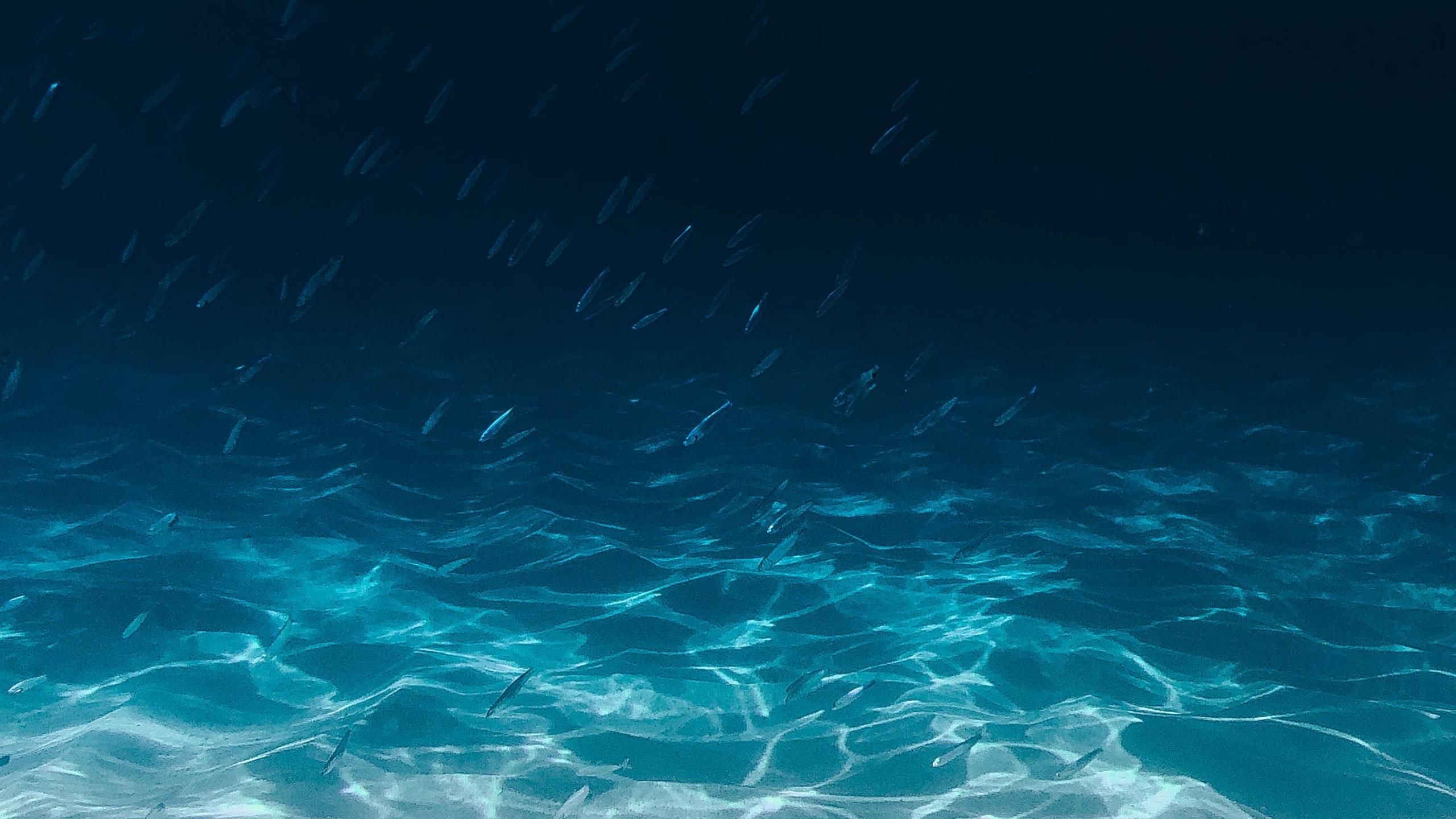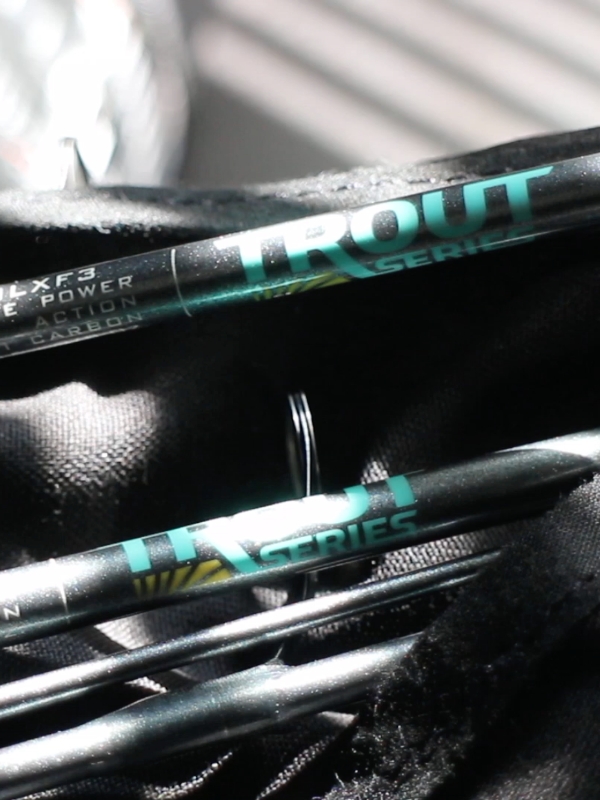Be the angler with the edge. Get weekly California fish plant data right to your inbox
Nestled in the tranquil Cuyamaca Mountains east of San Diego, Lake Cuyamaca beckons anglers with the promise of a serene escape and a rewarding catch. Whether you’re a seasoned pro or a curious novice, the lake offers something for everyone.
Latest Fish Plants
Fish here often?
How To Read Fish Plant Graphs
To interpret fish plant graphs effectively, consider the following key elements:
- Blue Vertical Bars and Numbers:
- Representation: The blue vertical bars on the graph represent individual fish plants.
- Weight Measurement: The associated numbers indicate the total weight of the plants in pounds (lbs.) that occurred during a specific week.
- Significance: Monitoring these bars helps identify weeks with higher planting activity, aiding anglers in selecting optimal times for fishing near recent plantings.
- Orange Trend Line:
- Purpose: The orange trend line represents the moving average of all fish plant activities at the specified location.
- Indicator of Activity: A rising trend line suggests a consistent increase in planting activity over the designated period. This indicates the potential for more catch opportunities and signifies a growing fish population over the weeks.
- Interpreting the Moving Average:
- Upward Trend: A rising moving average implies an upward trajectory in planting activity, indicating an increasing number of fish being introduced into the area. This suggests a positive outlook for anglers, as it implies a larger and potentially more accessible fish population.
- Downward Trend (Not Specified): The description does not provide information on the interpretation of a decreasing trend in the moving average. It might be beneficial to include information on what a decreasing trend could signify in terms of fishing prospects.
- No Data Present:
- Possible Explanations: If no data is visible on the graph, it may indicate that the location had no fish plants in the last three months. Alternatively, the absence of data could be due to non-disclosure of fish plants for that location.
- Natural Population: Some fishing areas in California rely on the natural growth of fish populations, and graphs may not show plants if this is the case.
- Graph Disclaimer:
- Data Source: The graphs reflect a combination of publicly disclosed data and estimates. Some locations may disclose fish plants without specifying exact amounts.
- Not Universal: Not all fishing areas have fish plants, and the natural growth of fish populations plays a significant role in many California fishing locations.
Understanding these elements will empower anglers to make informed decisions about when and where to fish based on historical fish plant data.
Note: If no data is present in the graph above, this location may not have had any plants the last 3 months, or may not have publicly disclosed plants. Graphs reflect both publicly disclosed data and estimates, as some locations disclose plants, but not exact amount.
Map & Fishing Location
Types of Fish You Can Expect to Catch:
- Rainbow Trout:
- The star of the show! These feisty fish are stocked throughout the year, making Lake Cuyamaca San Diego County’s only year-round trout fishery. April and May are prime months, with catches up to 6.5 pounds reported.
- Channel Catfish:
- Whiskered wonders providing year-round action, especially during the warmer months. They’re known for their fighting spirit and delicious taste.
- Bluegill:
- Scrappy panfish perfect for kids or anyone looking for some fast-paced fun. Abundant in shallow areas, they love worms, crickets, and small jigs.
- Crappie:
- Elusive fish best targeted during the spring and fall. Schooling fish, so finding one often means finding many. Use small jigs or minnows fished near brush piles or deep structures.
Local Insights:
- Morning Magic:
- Start your day early! The golden hour before sunrise and the quiet evening bite just after sunset are prime times to hook into a trophy.
- Boat or Shore:
- Both offer excellent opportunities. Boats allow access to deeper water and hidden coves, while shore fishing provides a peaceful retreat with stunning scenery.
- Troll or Still Fish:
- Rainbow trout respond well to trolled lures or bait suspended from a float. Channel catfish prefer bottom fishing with cut bait or nightcrawlers. Bluegill and crappie are suckers for small jigs tipped with live bait.
- Seasonal Shifts:
- Spring and fall are prime times for trout, while catfish become more active in the warmer summer months. Bluegill and crappie are most active during the warmer months, too.
Unique Things to Pay Attention to:
- Lake Level:
- Water levels can fluctuate throughout the year. Check the latest reports before heading out to ensure your favorite spots are accessible.
- Algae Blooms:
- During certain times, algal blooms can occur. While not harmful, they can make fishing less enjoyable. Keep an eye out for water clarity.
- Wildlife:
- Keep an eye out for bald eagles soaring overhead, deer grazing on the shoreline, and playful otters frolicking in the water.
- Relaxation Factor:
- Soak in the peacefulness of the mountains. Breathe in the fresh air, listen to the loons calling, and enjoy the stunning scenery.
Specific Locations:
- North Shore:
- Popular for boaters and shore anglers alike. Try the dam area for trout or coves near the boat launch for catfish and panfish.
- East Shore:
- Less crowded and known for its deep water. Perfect for trolling for trout or targeting catfish near the reeds.
- South Shore:
- Home to the boat rental and fishing pier. Great for families with easy access and a chance to catch all four species.
Remember, a valid Lake Cuyamaca Fishing Permit and a CA State Fishing License are mandatory.
With its diverse fishery, local insights, and unique charm, Lake Cuyamaca promises an unforgettable fishing adventure. So grab your rod, pack your bait, and get ready to reel in some memories.



